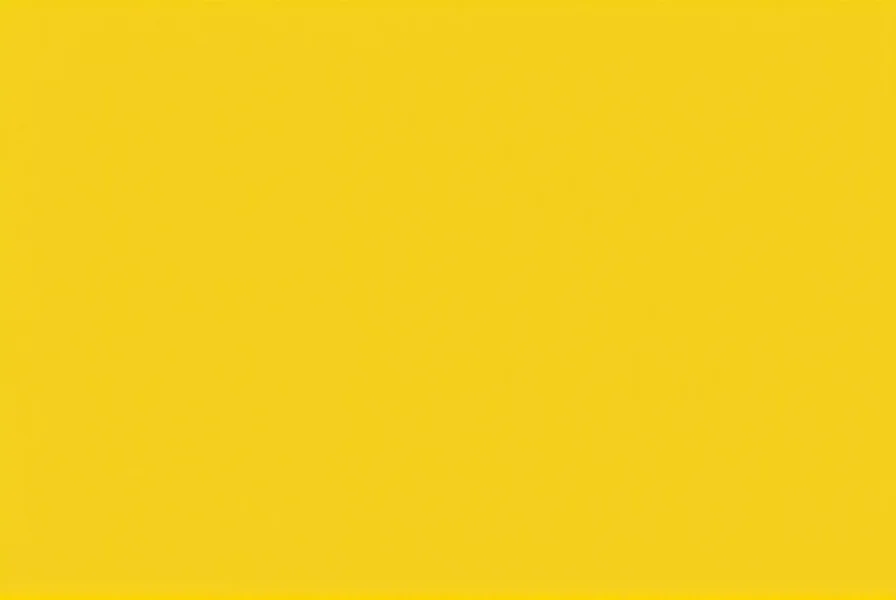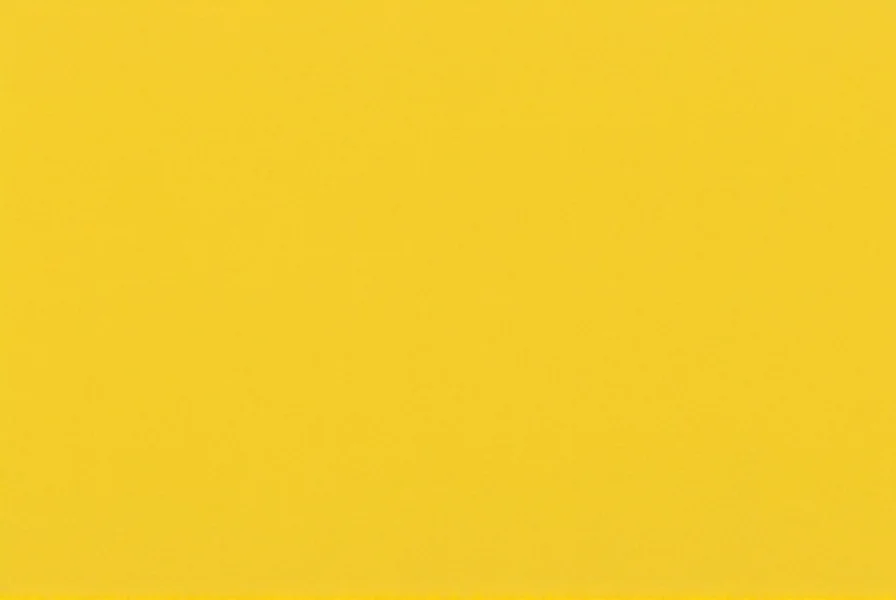Saffron yellow represents a specific point on the color spectrum that bridges golden yellows and warm oranges. Unlike pure yellow or standard saffron, this particular shade contains just enough red undertone to maintain warmth while preserving its yellow-dominant character. Designers and artists value saffron yellow for its ability to convey both energy and sophistication without appearing harsh or artificial.
Understanding Saffron Yellow Color Specifications
When working with saffron yellow in digital or print media, precise color values ensure consistency across different platforms. The following table provides exact specifications for accurate reproduction:
| Color System | Value | Characteristics |
|---|---|---|
| Hex Code | #F4C430 | Standard web color code for digital applications |
| RGB | 244, 196, 48 | High red component with significant green, minimal blue |
| CMYK | 0%, 20%, 80%, 4% | Print-friendly values for professional design work |
| HSL | 48°, 91%, 57% | Hue at 48 degrees on color wheel with high saturation |
Distinguishing Saffron Yellow from Related Shades
Many people confuse saffron yellow with similar warm tones. The key difference between saffron yellow and traditional saffron lies in the color balance. True saffron color (#F49C10) contains more red, creating a deeper orange appearance, while saffron yellow maintains higher yellow content. When comparing saffron yellow versus gold, the former has noticeably more orange undertones than metallic gold shades.
For those exploring saffron yellow in design projects, understanding these subtle distinctions proves essential. The specific golden-yellow balance of saffron yellow makes it particularly effective for creating welcoming yet energetic spaces. Interior designers frequently select this shade for kitchens and dining areas because it stimulates appetite without overwhelming the senses.

Cultural Significance and Historical Context
Saffron yellow carries rich cultural meaning across various societies. In Indian tradition, this vibrant hue symbolizes purity, spirituality, and sacrifice. Buddhist monks wear robes in saffron yellow shades as a representation of humility and detachment from materialism. The color's association with the precious saffron spice also connects it to luxury and celebration in many Mediterranean and Middle Eastern cultures.
Historically, achieving true saffron yellow required expensive saffron crocus stigmas, making it a color reserved for royalty and religious figures. Before synthetic dyes became available, creating saffron yellow fabric represented significant wealth. This historical context explains why saffron yellow continues to convey both spiritual significance and subtle luxury in modern applications.
Practical Applications in Design Fields
Graphic designers leverage saffron yellow for call-to-action buttons because its warm energy encourages engagement without the aggression of pure red. When implementing saffron yellow in web design, professionals typically pair it with neutral backgrounds to prevent visual fatigue. The optimal contrast ratio for saffron yellow text on white backgrounds falls between 4.5:1 and 7:1 for maximum readability.
Fashion designers incorporate saffron yellow as a statement color that works across seasons. Unlike trend-driven colors, saffron yellow maintains relevance due to its natural origins. For those wondering how to wear saffron yellow, pairing it with deep blues or earthy neutrals creates balanced, sophisticated looks. Interior designers recommend using saffron yellow as an accent rather than a dominant wall color to maintain its energizing effect without overwhelming space.

Color Psychology of Saffron Yellow
Research in color psychology reveals saffron yellow stimulates mental activity while promoting feelings of optimism. Unlike cooler yellows that can cause anxiety in some individuals, saffron yellow's orange undertones create a more grounded, comforting effect. Marketing professionals utilize saffron yellow in branding to communicate approachability combined with energy.
When selecting saffron yellow for therapeutic environments, practitioners note its ability to lift mood without overstimulation. The specific wavelength of saffron yellow (approximately 580-600 nanometers) appears to trigger positive emotional responses in most cultural contexts, making it a versatile choice for international branding.
Creating Authentic Saffron Yellow
Artists seeking to mix authentic saffron yellow should start with a high-quality cadmium yellow medium and gradually add small amounts of cadmium red light. The precise ratio typically falls between 3 parts yellow to 1 part red, though this varies based on pigment quality. For digital creators, using the exact hex code #F4C430 ensures consistency across devices.
Those working with natural dyes can approximate saffron yellow using turmeric combined with small amounts of madder root. While not identical to true saffron-derived color, this combination creates a remarkably close approximation. When exploring saffron yellow color combinations, pairing it with deep indigo or charcoal gray creates striking visual contrast that enhances its warm properties.
Common Implementation Mistakes
Many designers make the error of using saffron yellow too liberally, overwhelming viewers rather than energizing them. The most successful applications use saffron yellow as an accent color comprising no more than 10-15% of the overall palette. Another frequent mistake involves improper lighting considerations—saffron yellow appears dramatically different under warm versus cool lighting conditions.
When implementing saffron yellow in print materials, failing to account for paper texture and finish can result in unexpected color shifts. Matte papers absorb more ink, creating a slightly deeper tone, while glossy finishes enhance the color's vibrancy. Understanding these variables proves essential for maintaining color consistency across different media.











 浙公网安备
33010002000092号
浙公网安备
33010002000092号 浙B2-20120091-4
浙B2-20120091-4